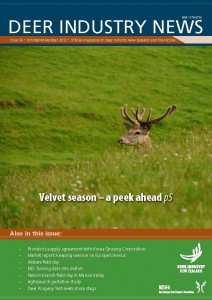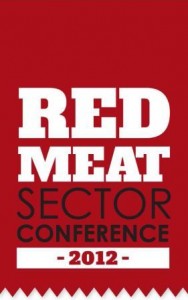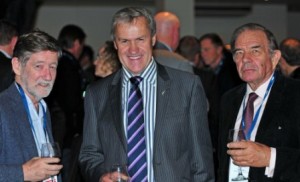 The new PGP programme, Collaboration for Sustainable Growth, announced yesterday is being welcomed by the industry.
The new PGP programme, Collaboration for Sustainable Growth, announced yesterday is being welcomed by the industry.
Leading meat processor and exporter Alliance Group has welcomed the initiative designed to improve farmer profitability.
Grant Cuff, chief executive of Alliance Group Limited, one of the founding organisations taking part in the initiative says the new co-ordinated collaborative initiative will enhance the knowledge and capability in the sheep and beef sector and help improve farm performance, productivity and profitability.
“New Zealand can make significant gains in its export earning by ensuring all parts of the value chain collaborate so suppliers are using the best available farm and business practice and tools,” he says, adding that the initiative is an important step in the implementation of the Red Meat Sector Strategy (RMSS). “We’re supportive of any steps to lift the industry’s game and improve on-farm profitability.”
Alliance Group is already implementing many of the RMSS recommendations “as we strive to improve sustainable profitability for the sector,” Cuff says.
Alliance Group has invested significantly in technologies such as Hoofprint, VIAscan and Central Progeny Test trials and research into sheepmeat eating quality, which all aim to assist suppliers to produce high quality livestock and improve farm productivity, he says.
 Another programme partner Beef + Lamb NZ Ltd (B+LNZ)’s chairman Mike Petersen has also welcomed the initiative which he says “will be a huge boost for the sector and will accelerate progress in an increasingly collaborative approach across a range of issues that are important for sheep and beef farmers.”
Another programme partner Beef + Lamb NZ Ltd (B+LNZ)’s chairman Mike Petersen has also welcomed the initiative which he says “will be a huge boost for the sector and will accelerate progress in an increasingly collaborative approach across a range of issues that are important for sheep and beef farmers.”
B+LNZ has been working increasingly closely with meat processors in recent years through its joint venture market development programmes and collectively with processors and exporters via the Meat Industry Association (MIA). The Collaboration programme goes behind the farm gate to help improve productivity and profitability and addresses a number of the issues highlighted in the RMSS, developed by B+LNZ Ltd, the Meat Industry Association and the government in 2011.






